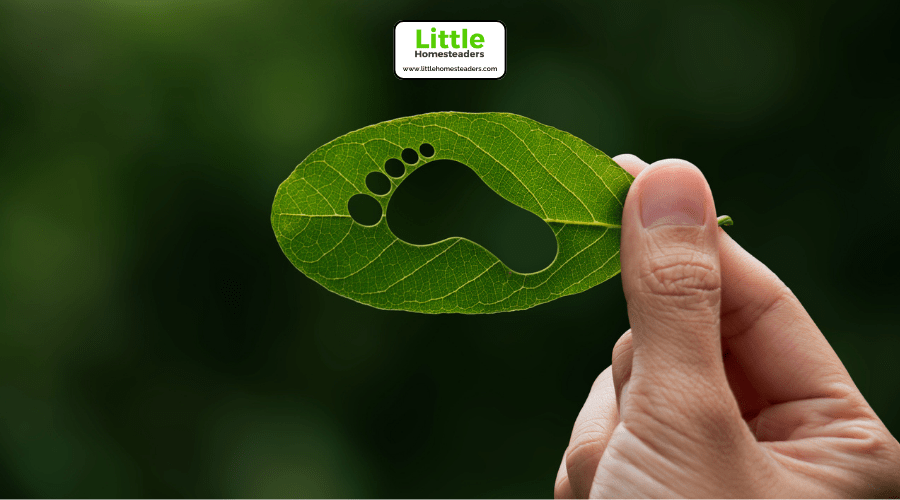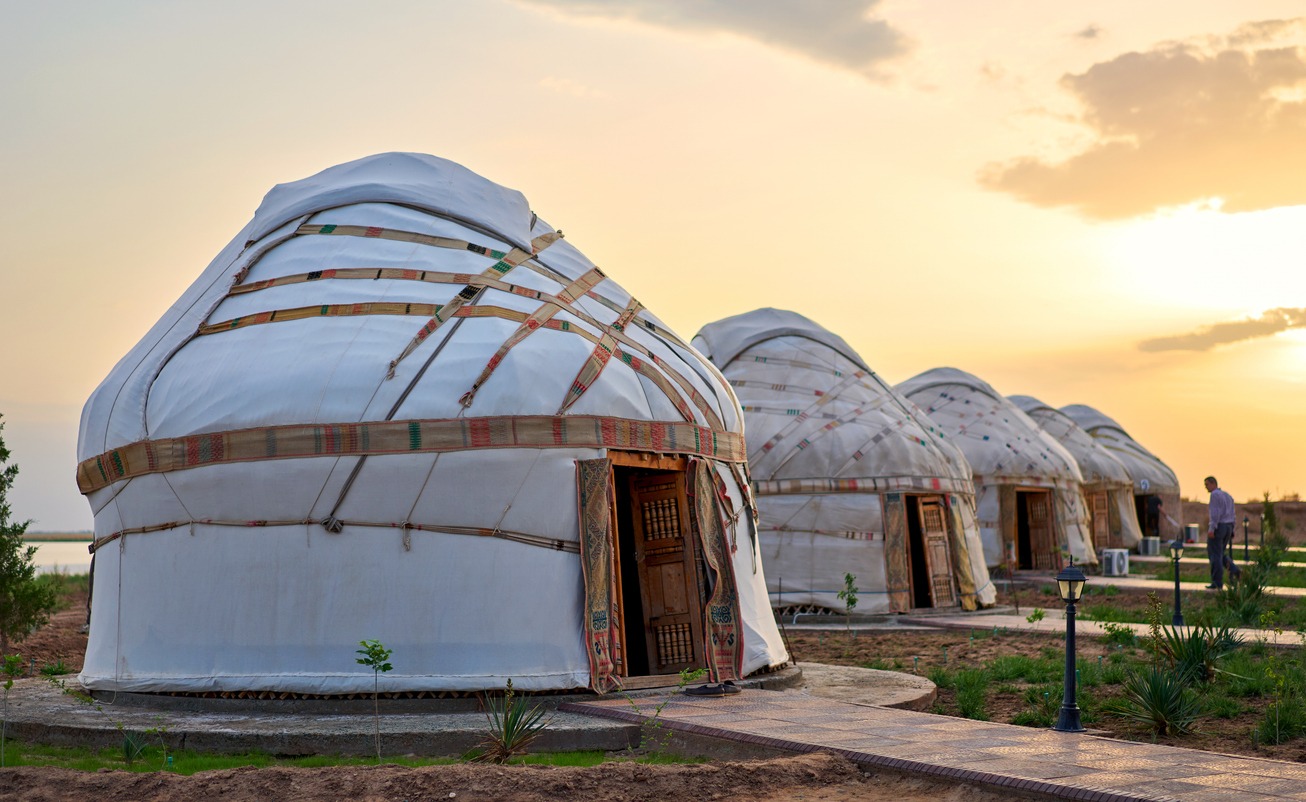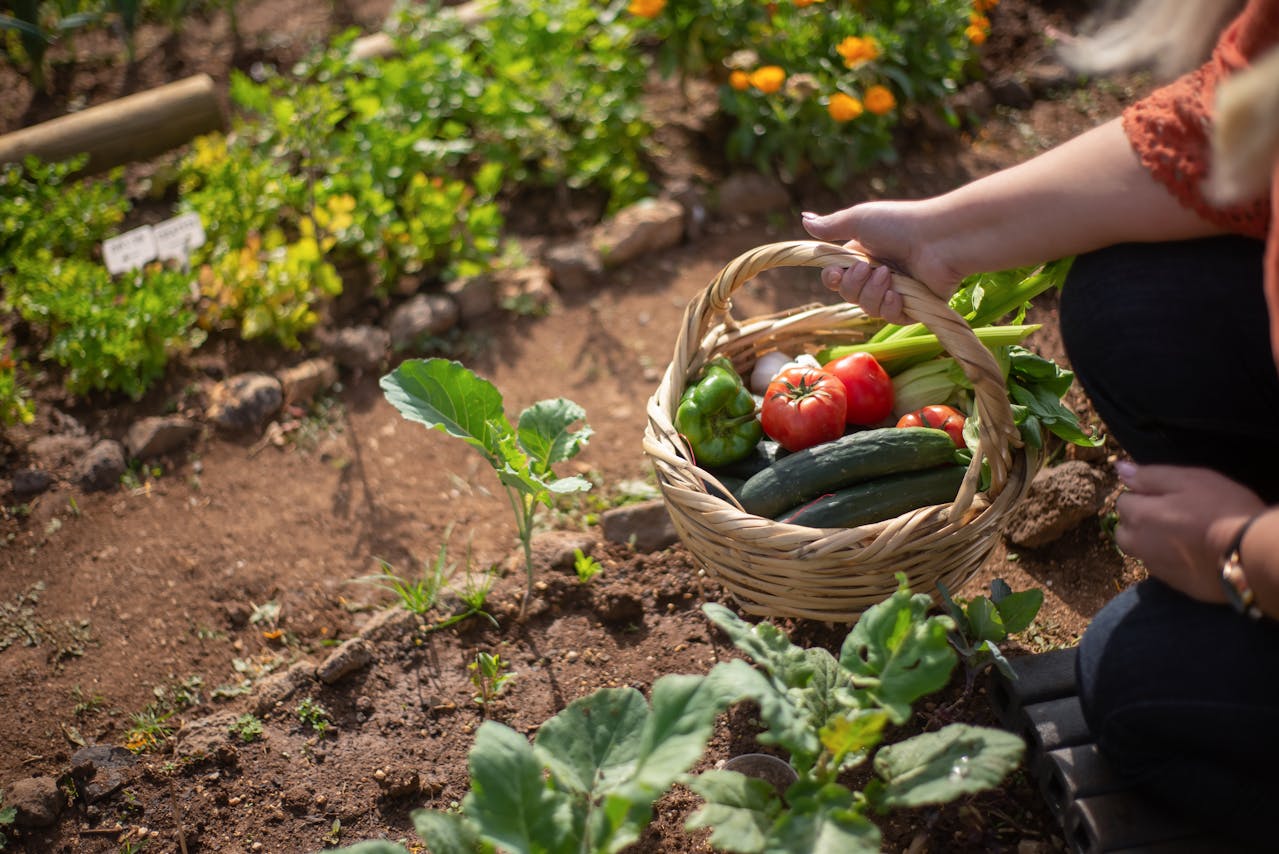Essential Water-Saving Tips Every Homesteader Should Know
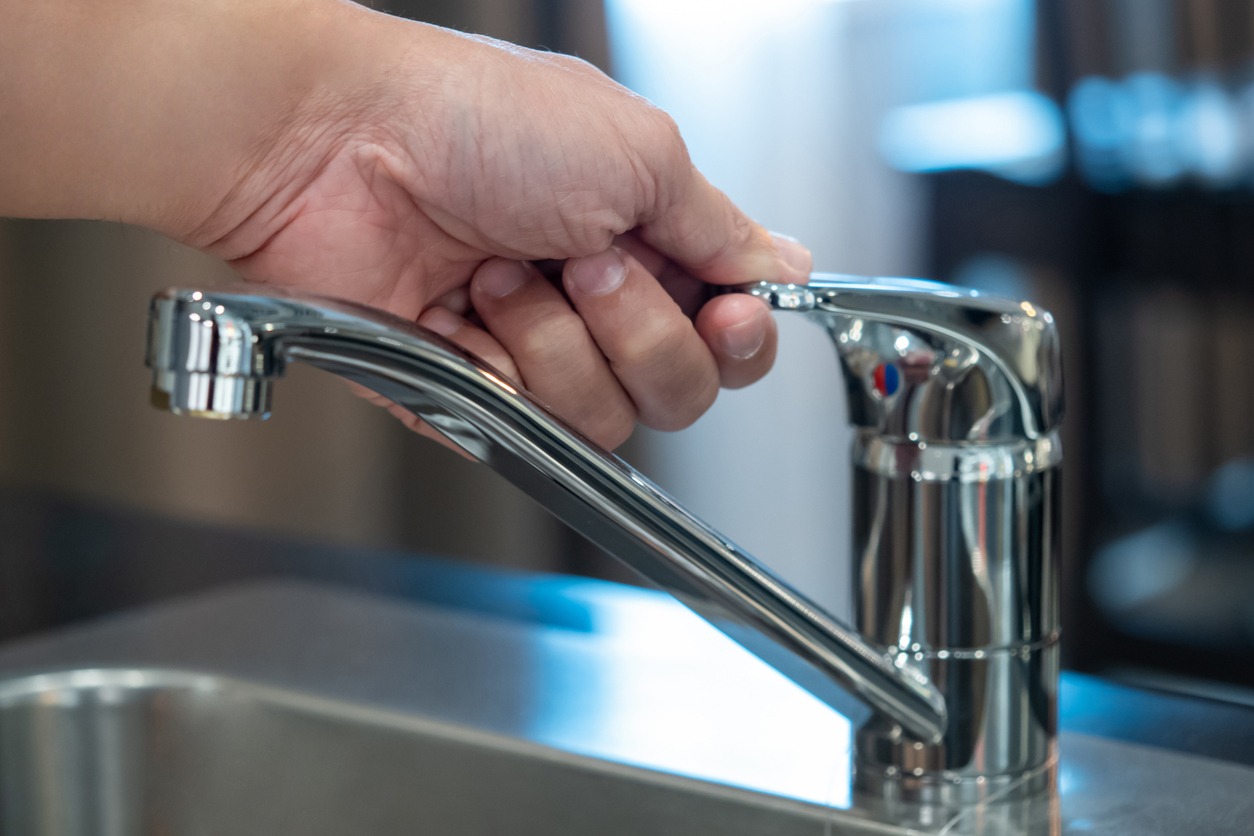
Water is one of the most precious resources on a homestead, and making it stretch further doesn’t just save money—it ensures your land stays productive and resilient. Whether you’re dealing with a dry season, looking to lower your utility bills, or just trying to live a more sustainable lifestyle, conserving water is something every homesteader can benefit from. The good news? You don’t need to overhaul your entire system to make a big impact. Small, simple changes in how you use and manage water can add up to significant savings. Let’s dive into some practical tips to help you make the most of every drop.
Install Low-Flow Devices
One of the simplest yet most effective ways to conserve water is by upgrading to low-flow devices. These fixtures limit water flow while maintaining pressure, giving you the same level of performance with less waste. For instance, a low-flow showerhead can reduce water usage by up to 50%, saving thousands of gallons annually.
Why it matters: Older fixtures, like standard faucets and showerheads, can pour out as much as 2.2 gallons per minute. Over time, this adds up to a significant amount of wasted water. By switching to devices certified by programs like WaterSense, you not only cut down on water waste but also lower your energy costs since less hot water is being used.
Additional Tips:
- Upgrade kitchen and bathroom faucets with aerators that cost as little as $10 but can save up to 500 gallons of water annually.
- Invest in dual-flush toilets, which allow you to choose between a low-flow flush for liquid waste and a full flush for solid waste.
- Don’t overlook outdoor fixtures. Install low-flow nozzles on garden hoses to control water use while maintaining versatility for watering plants, washing tools, or cleaning.
These small upgrades can have a massive cumulative impact, especially if you're managing a large homestead with multiple water sources.
Optimize Laundry and Showering Habits
Water-saving doesn’t just rely on gadgets—it also requires rethinking your daily habits. In the average household, laundry, and showers account for nearly 40% of indoor water use. By adopting mindful practices, you can significantly reduce this percentage.
Laundry Tips:
- Always wash full loads, as partial loads waste water without maximizing your machine's efficiency. If you must do a smaller load, adjust the water level setting accordingly.
- Wear clothes like jeans and jackets multiple times before washing. Create a designated spot to hang lightly worn items to keep them fresh for reuse.
- Use cold water whenever possible. Not only does this save energy, but it also helps preserve the fabric quality of your clothing.
Shower Smarter: The average shower lasts eight minutes, using roughly 20 gallons of water. Cutting this time in half can save 10 gallons per person per day—a savings of over 3,500 gallons annually for a family of four. Use waterproof timers to keep yourself on track or challenge family members to beat their shortest shower time.
Implement Efficient Dishwashing Practices
Many homesteaders assume handwashing dishes is more water-efficient than using a dishwasher. However, modern dishwashers are specifically designed to save water and energy.
Dishwashing Tips:
- Avoid pre-rinsing dishes unless absolutely necessary. Modern detergents and dishwashers are designed to handle food residue, so rinsing under running water is often unnecessary.
- For those who prefer handwashing, try the two-basin method: fill one basin with soapy water for washing and the other with clean water for rinsing. This simple habit can cut water use in half compared to running the tap continuously.
Over a year, these small changes can add up to hundreds of gallons saved, helping you stretch your water supply during drier seasons or emergencies.
Harvest Rainwater
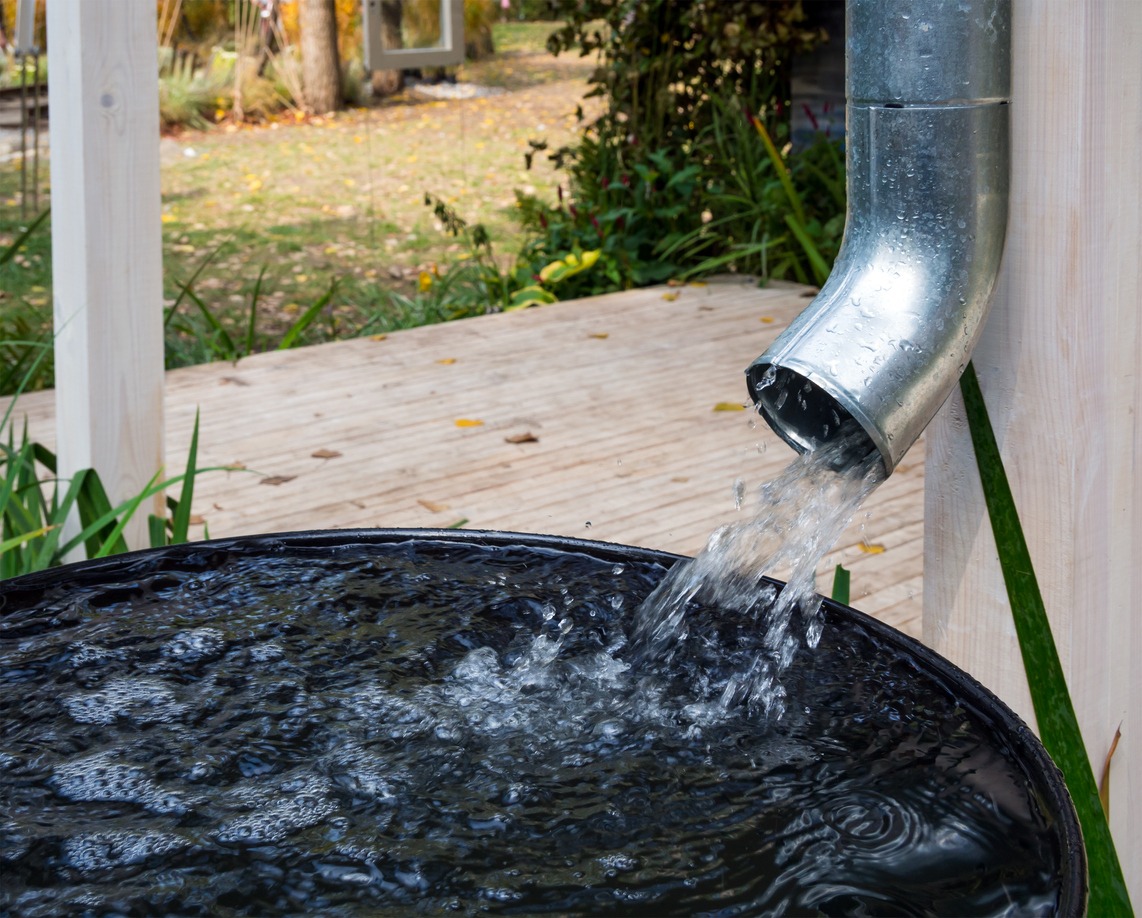
Rainwater harvesting is a must-have strategy for homesteaders who want to reduce their reliance on municipal water or wells. It's a natural, cost-effective way to irrigate your garden, provide water for livestock, or even flush toilets if local regulations permit.
How to Get Started:
- Install a rain barrel system under your gutters. These barrels can capture hundreds of gallons from just one rainstorm, offering a free and sustainable water source.
- For larger-scale systems, consider installing cisterns. These tanks can store thousands of gallons and are perfect for properties with high water demand.
- Add a first flush diverter to your system to filter out debris and contaminants from the initial flow of rainwater off your roof.
Uses for Rainwater:
- Watering gardens: Rainwater is free of chlorine and other chemicals, making it ideal for plants.
- Cleaning tools: Soft rainwater is excellent for washing gardening tools, vehicles, and even outdoor furniture.
- Providing for animals: Use rainwater for non-potable purposes like watering livestock, as long as it’s properly filtered and stored.
Maintaining your system is essential. Regularly check for leaks, clean out gutters, and ensure barrels or cisterns are sealed to prevent mosquito breeding.
Adopt Water-Wise Landscaping Techniques
Traditional gardening methods can be water-intensive, but with a few adjustments, you can maintain a thriving garden while drastically reducing water consumption. Water-wise landscaping, or xeriscaping, focuses on using drought-tolerant plants and efficient watering methods.
Principles of Xeriscaping:
- Replace grass lawns with native plants, succulents, or other drought-resistant ground covers. Not only do these plants require less water, but they also need less maintenance.
- Group plants with similar water needs together. This makes it easier to target irrigation efforts without overwatering certain areas.
- Use mulch liberally. A thick layer of mulch around your plants helps retain soil moisture, suppress weeds, and regulate soil temperature.
Efficient Watering Methods:
- Install a drip irrigation system to deliver water directly to the roots, minimizing evaporation and runoff.
- Water early in the morning or late in the evening when temperatures are cooler to reduce evaporation.
- Collect runoff from air conditioning units or even condensation from refrigerators to use in your garden.
Upgrade to Water-Efficient Appliances
Modern water-efficient appliances are designed to use significantly less water while maintaining or improving performance. For homesteaders, these appliances can be game changers, especially during times of drought.
Key Appliances to Upgrade:
- Washing Machines: A high-efficiency front-loading machine uses 10-15 gallons per load compared to 40 gallons for older models. That’s a savings of over 6,000 gallons per year for a family that does five loads a week.
- Dishwashers: Energy Star-rated dishwashers use as little as 4 gallons per load, compared to the 20 gallons often required for handwashing the same amount of dishes.
- Toilets: Older toilets can use 3-5 gallons per flush, while modern low-flow models use just 1.28 gallons or less. Switching can save thousands of gallons annually.
If purchasing new appliances is outside your budget, consider looking for gently used models on local online marketplaces.
Recycle Greywater for Irrigation
Greywater systems allow you to reuse water from sinks, showers, and washing machines for irrigation purposes, reducing your reliance on fresh water. This can be a lifesaver for homesteaders in drought-prone areas.
How It Works:
- Greywater is diverted from household drains into a filtration system and then directed to your garden or yard.
- Plants like trees, shrubs, and ornamentals thrive on greywater. Avoid using it on edible crops unless it’s been properly filtered to meet health standards.
Before installing a greywater system, research local regulations to ensure compliance. Once in place, regular maintenance is key to keeping the system efficient and safe.
Fix Leaks and Monitor Usage
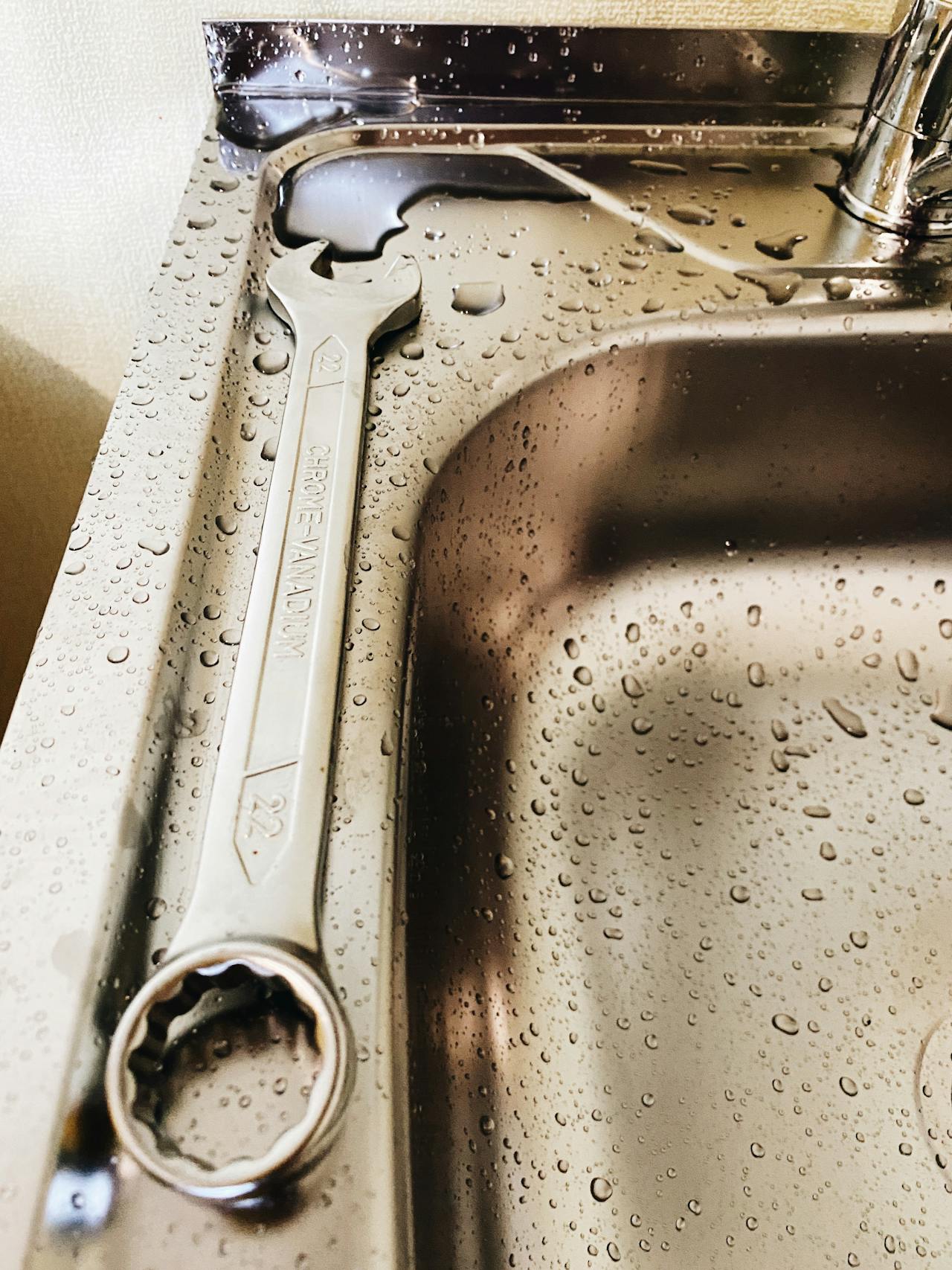
Leaks are often overlooked but can lead to substantial water loss. A single dripping faucet can waste over 3,000 gallons per year, while a leaky toilet can use up to 200 gallons daily.
Steps to Detect and Fix Leaks:
- Inspect all plumbing fixtures regularly. Look for visible drips or puddles, especially around faucets, showerheads, and hose connections.
- Monitor your water meter. If the meter moves even when no water is in use, you likely have a leak.
- Listen for running water sounds from toilets. If you hear a constant flow, it’s time to replace the flapper or adjust the fill valve.
Fixing leaks not only conserves water but also prevents higher utility bills and potential water damage.
Conclusion
Saving water isn’t just about cutting down your bills—it’s about making life on your homestead more sustainable and resilient. From installing low-flow devices to harvesting rainwater and rethinking how you handle everyday tasks like laundry and dishwashing, these strategies are all about working smarter, not harder. Start small. Maybe try cutting down on shower time or setting up a rain barrel.
Over time, these little changes will grow into habits, and before you know it, you’ll see the difference in your water use—and your homestead’s overall health. Remember, every drop counts, and with a few tweaks here and there, you’re not just conserving water—you’re building a stronger, more self-sufficient future for your homestead.


